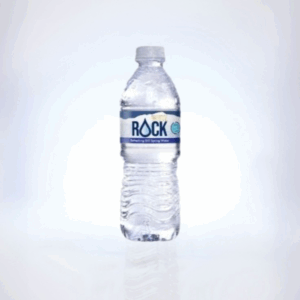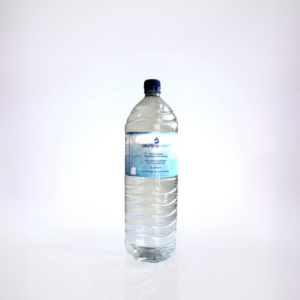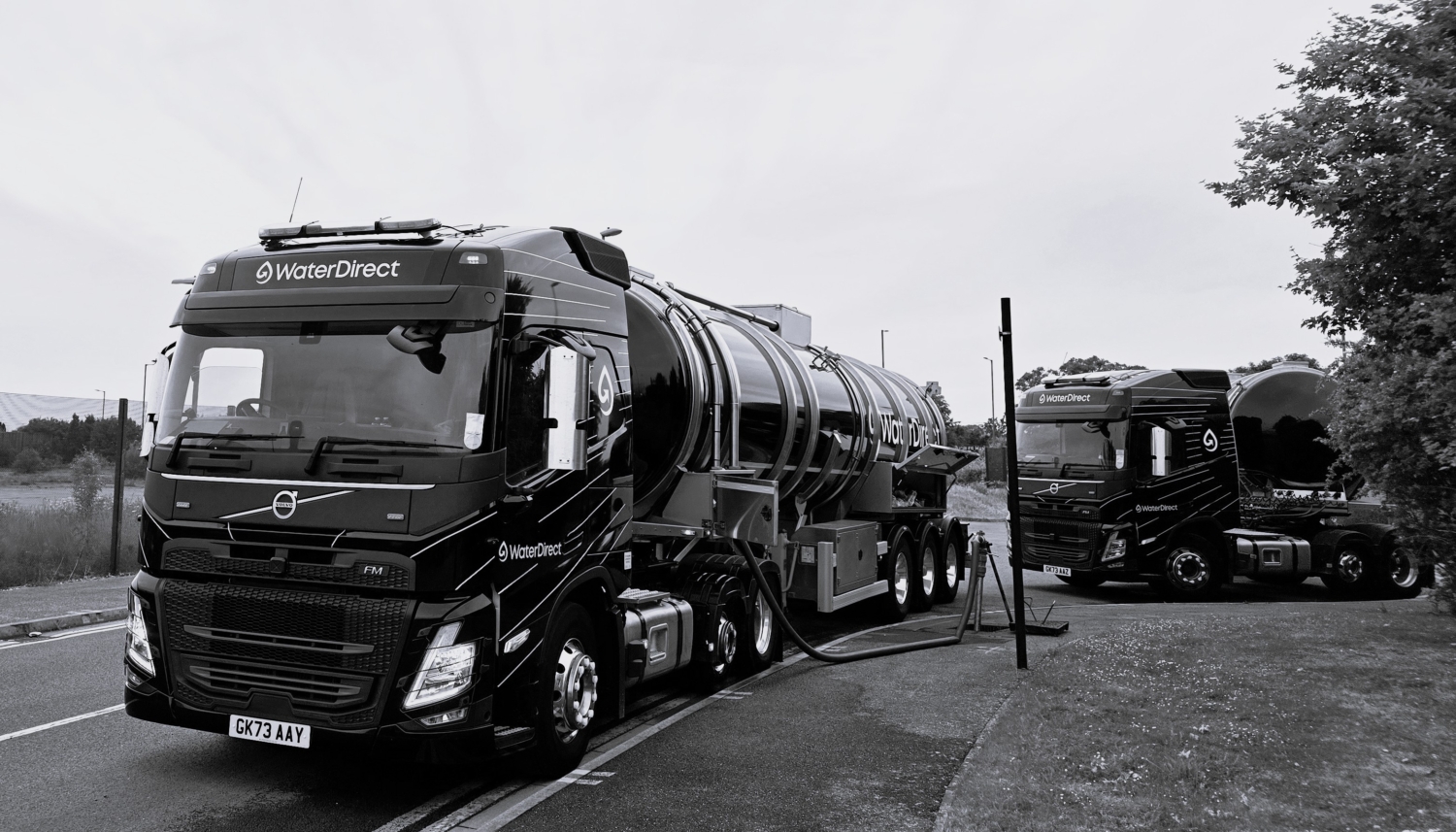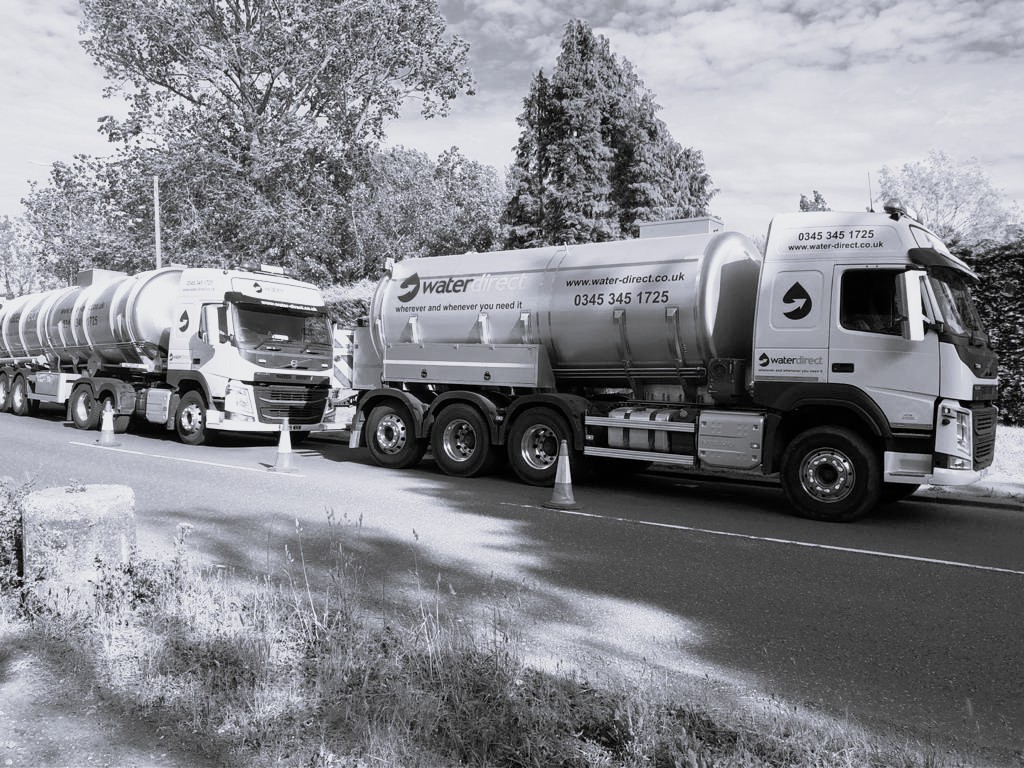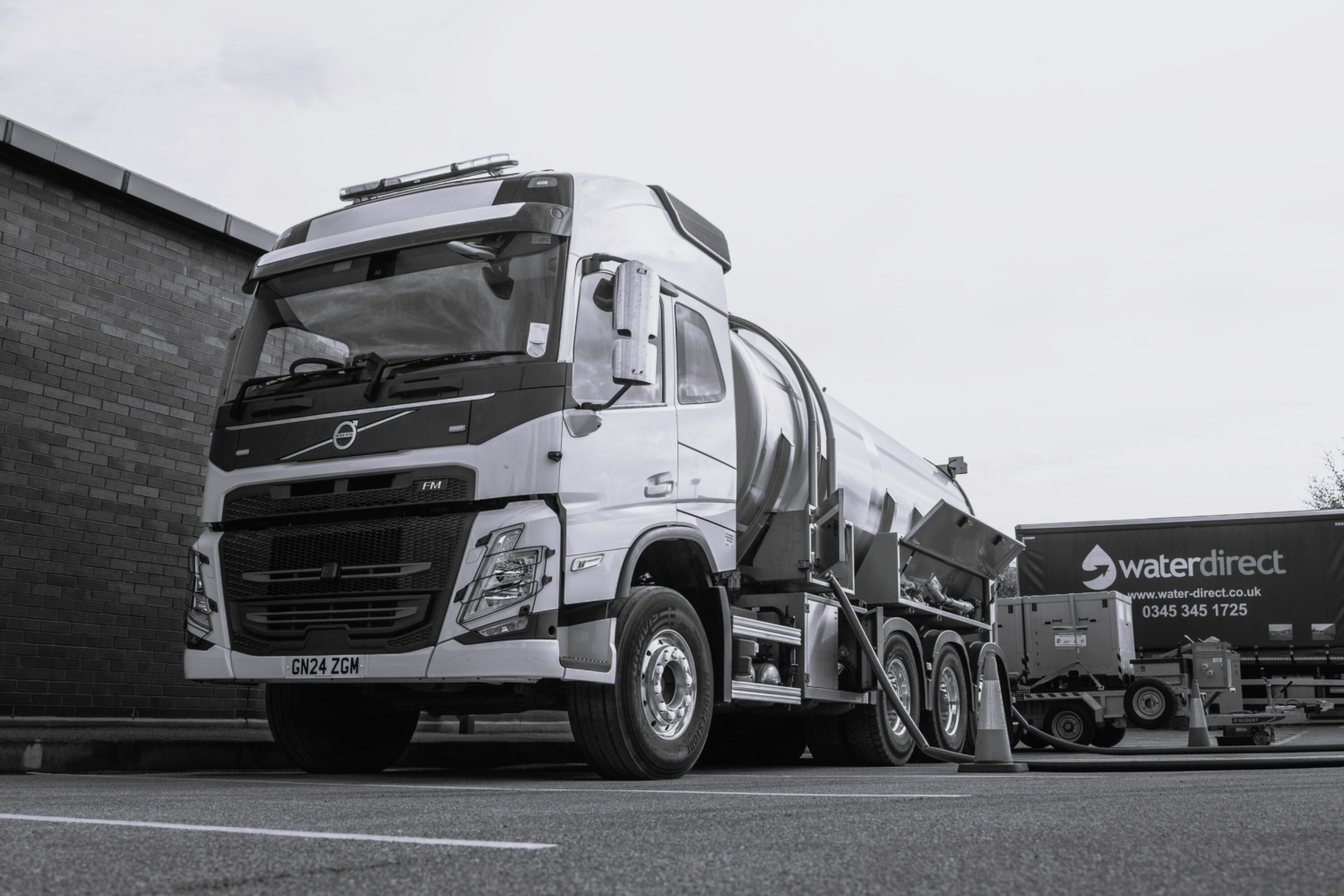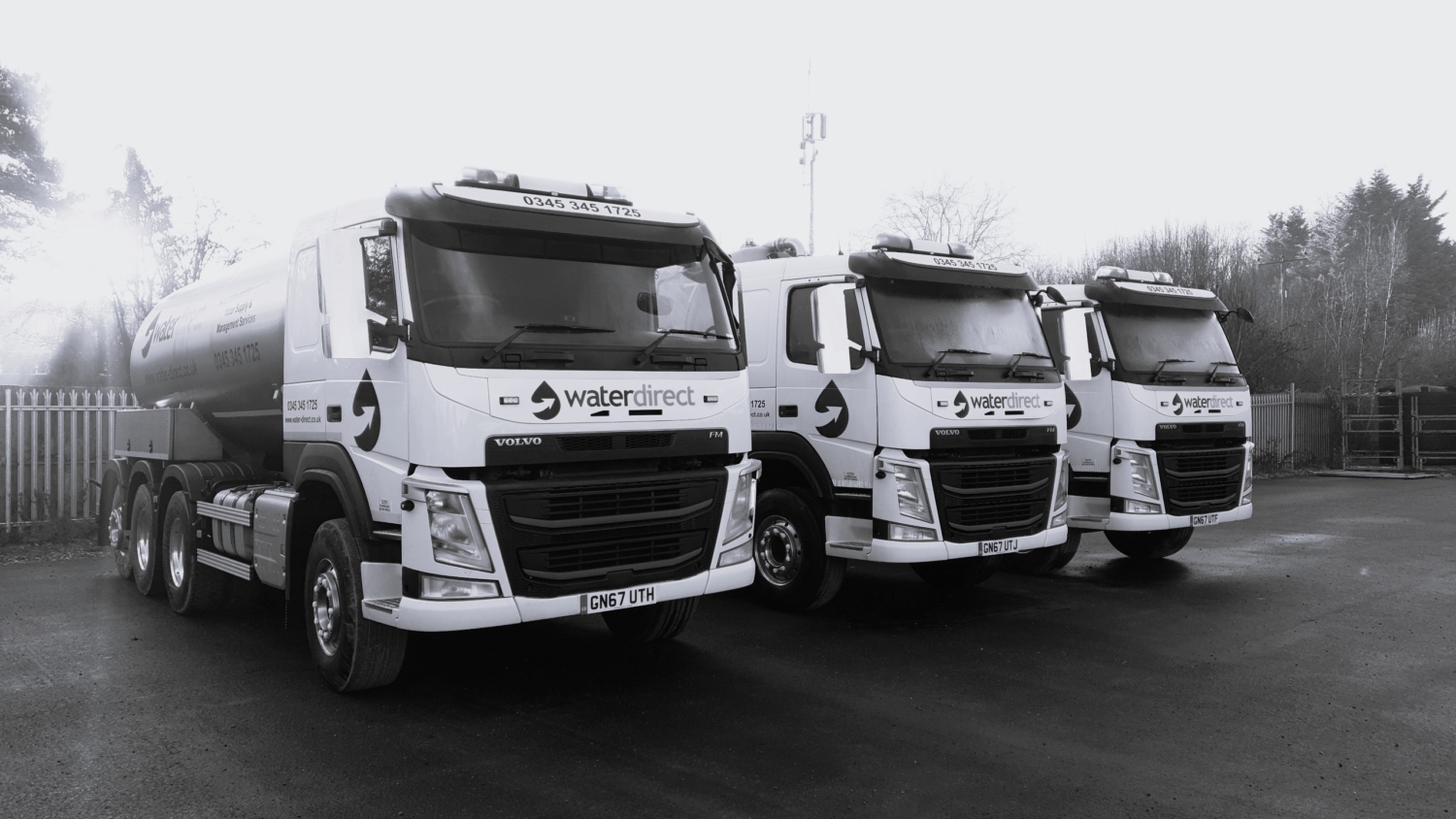Blog & News
Explore our latest articles and discover how we’re shaping the future of reliable, resilient alternative water solutions across industries and communities nationwide.
Is Your Business Prepared for a Loss of Water Supply?
A Guide to Water Supply Contingency Planning
17 Jul 25Read more
